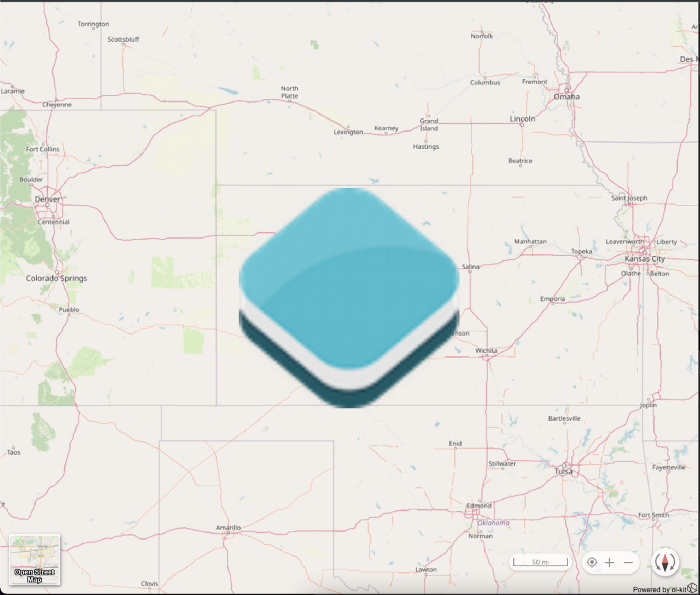We had a phenomenal time last week hosting our first Open Source Geospatial Hackathon.
Over the course of the week, we had many educational sessions and heard from industry leaders. We conducted workshops that provided hands-on training on technologies like PostgreSQL, PostGIS, CKAN, GeoServer, React, OpenLayers, ol-kit, and HCDAgile software development methodology. We heard from a wide array of speakers covering academia, private sector, emerging technologies, and government.
None of this would have been possible without our sponsors: NSIN, Bayer Crop Science, AWS, CrunchyData, SafeGraph, Geospatial Institute at Saint Louis University, USGIF, and the Geospatial Innovation Center at T-REX.
The Challenge: Social Media as Early Warning
Over the weekend, teams of both professionals and college students competed to design innovative, geospatially-aware social media analysis solutions. These solutions should be capable of detecting and displaying trends as they unfold and indicate future events.
On Sunday, the week culminated in our judges evaluating the projects and the award of prizes in the closing ceremonies.
Award Winners
Shawn Diltz, Principal Product Manager at Bayer Crop Science, announced the winners.
Pro Division
First Place: Bayer Team
Prize: $2,000 + Membership to the Geospatial Innovation Center at T-REX
Bayer’s hackathon team wanted to build a visualization web GIS platform that provides users with a way to explore trends. They collected a variety of data sources related to COVID including Twitter social network data, state-level COVID case data, and Facebook location data.
For Twitter data, they created a time ticker that represents the points of interest for users that tweeted something related to COVID in the last week. On their map, you can see where those points of interest are located and a basic idea of where clusters are occurring to identify larger trends.
For state-level data, they displayed state boundaries on their map that then the user can interact with each state to see its case data. The user can also open a chart to interact with a backend API that grabs data from a PostGIS database with data on COVID-19 positive and active cases over the last few months by state. These charts give the user historical information on how COVID is evolving in each state and a way to compare between different regions
The team also included the Facebook data set which indicates how much people are moving around. Users can zoom into specific areas of interest and then click into the county boundary to show movement metrics from Facebook.

College Division
First Place: MEH (Maryville Ethical Hackers) Team
Prize: $2,000 + Membership to the Geospatial Innovation Center at T-REX
The MEH team focused on predicting events based on previous correlations. Their tool is one that both analysts and amateurs could use to monitor ongoing trends by leaning on human intelligence. Ultimately, they see this as a platform that can help more quickly and effectively divert emergency resources.
In the screenshot from their map tool below, the red dots represent COVID-19 cases with data from the New York Times repository. The blue dots represent Twitter data related to COVID. The green dots indicate keyword search terms. The below image shows “vaccine” as the keyword. You can see all of the tweets happening that include the word vaccine. When they showed how the map changes when plugging in the word “corona” instead, the East Coast lit up.
In the future, the team would want to include sentiment analysis to better show the reliability of particular tweets.

Overall Grand Prize:
Winner: MEH (Maryville Ethical Hackers) Team
Grand prize: $1,500
The team used machine learning to predict hotspots and potential future outbreaks of infections which really set their project apart.
This is what the teams accomplished over a day and a half (from Friday to Sunday). “Imagine what we can do in a year, two years, or even five,” said John Ross, geospatial lead at 1904labs.



